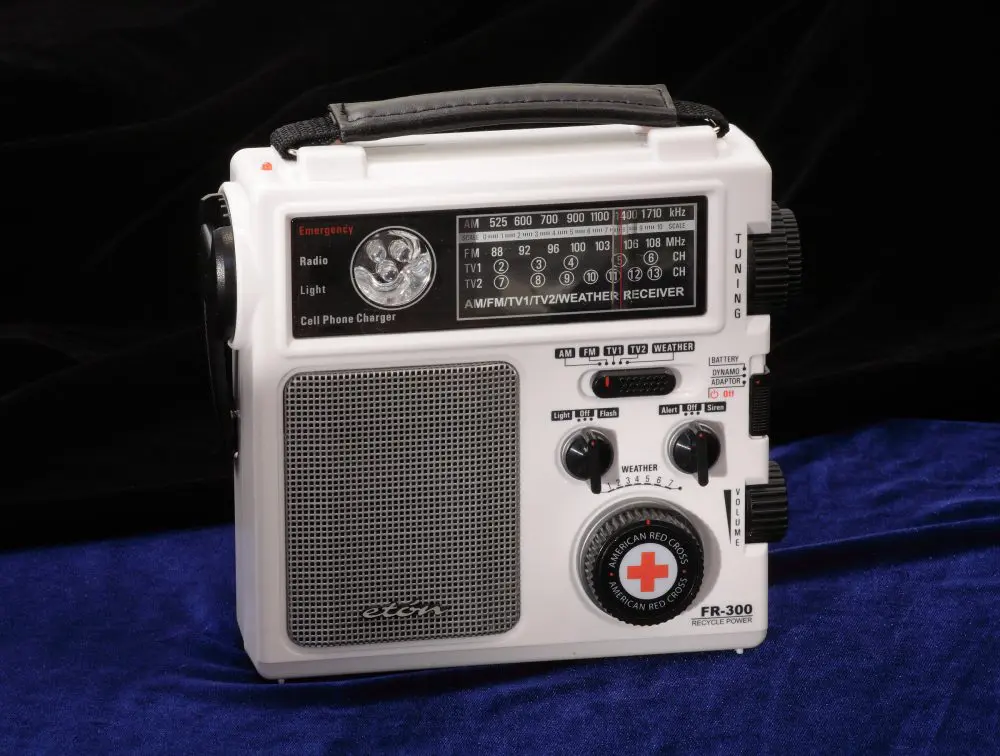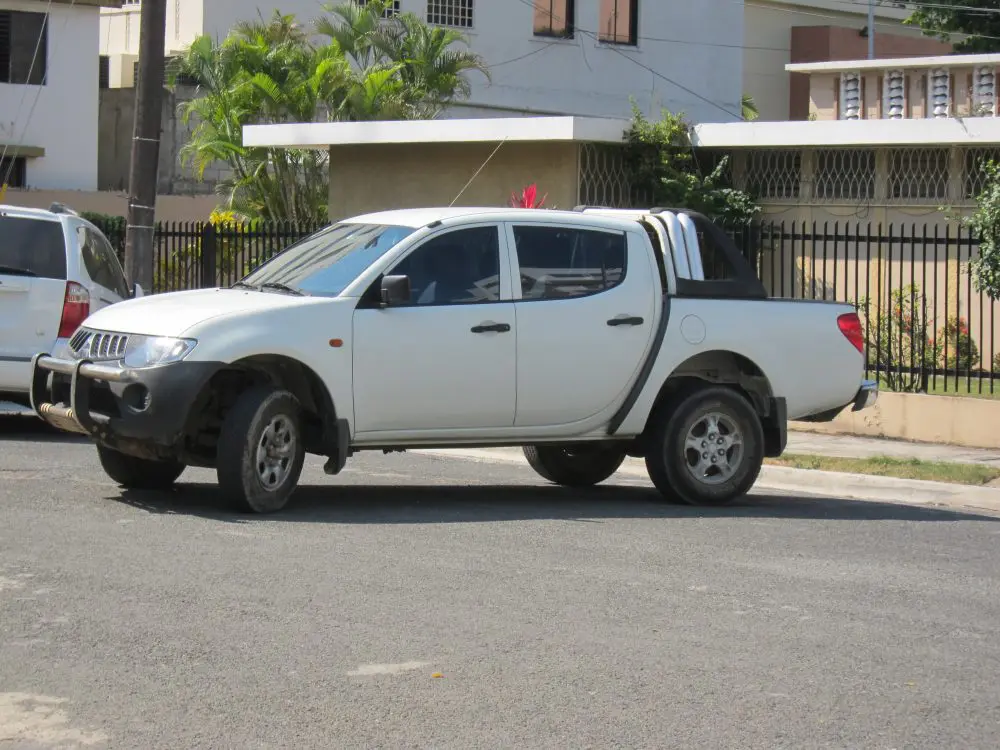Recently my attention was brought to a paper published by the International Association of Chiefs of Police (IACP) titled National Consensus Policy on Use of Force. One section of the paper dealt with warning shots, and read as follows:
“Warning shots are inherently dangerous. Therefore, a warning shot must have a defined target and shall not be fired unless:
(1) the use of deadly force is justified;
(2) the warning shot will not pose a substantial risk of injury or death to the officer or others; and
(3) the officer reasonably believes that the warning shot will reduce the possibility that deadly force will have to be used.”
I read that section several times because I thought my eyes must be deceiving me. But sure enough, the paper was condoning warning shots under certain conditions.
Let’s scrutinize those conditions in order:
- If the use of “deadly force is justified,” then the shot should be placed onto the threat. Period.
- How does an officer know if a warning shot will not pose substantial risk of injury to others? The stereotypical warning shot is fired into the air—and what goes up must come down.
A statute in Arizona called “Shannon’s Law” is named after 14-year-old Shannon Smith, who was killed while standing in her backyard when a bullet that had been fired into the air struck her in the top of the head. Passed in 2000, the law makes randomly shooting in the air a felony. So, unless a department’s policy specifically authorizes warning shots (unlikely), an officer who fires a warning shot into the air is not acting under color of authority, and in Arizona he is committing a felony.
- The last condition in the paper is almost an oxymoron: “reduce the possibility of using deadly force” by discharging a firearm. Really? I think the IACP needs to institute a policy against writing a paper while inebriated.
What’s next from the IACP? Recommending shooting a gun out of a felon’s hands while firing at an officer?
I want to be perfectly clear on this: A warning shot is never, repeat never, acceptable.
Until next time, stay low and watch your back.
sig



